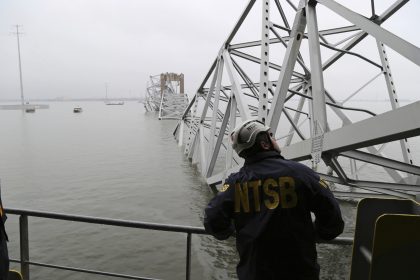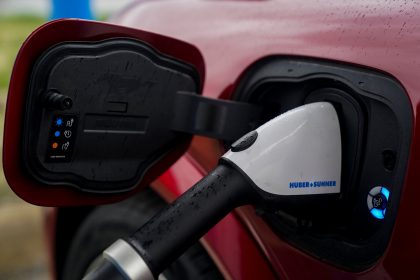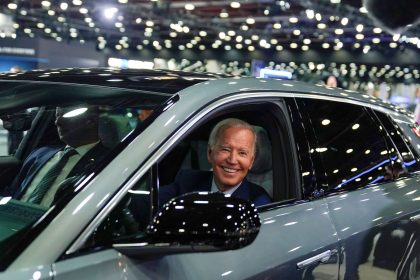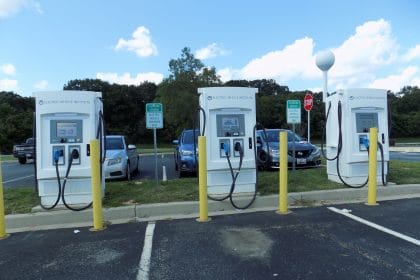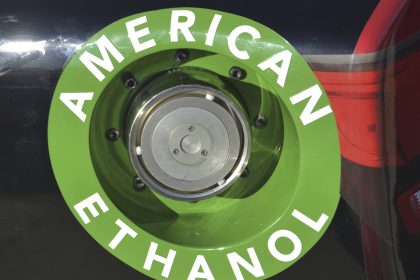Agencies to Collectively Address Greenhouse Gas Emissions

WASHINGTON — Four federal agencies on Friday entered into a memorandum of understanding to work collectively to reduce greenhouse gas emissions in the transportation sector.
The commitment by the departments of Energy, Transportation, Housing and Urban Development and the Environmental Protection Agency is intended to “ensure resilient and accessible mobility options for all Americans,” the partners said in a joint press release.
Domestic transportation — including both passenger and freight — produces more greenhouse gas emissions than any other segment of the economy.
As part of their commitment to work together to change course when it comes to those emissions, the departments also committed to working closely with state and local governments, the private sector and others to advance low- and zero-emission transportation solutions that will reduce reliance on fossil fuels and create green jobs.
“A modernized transportation sector, equipped with accessible clean energy technologies, is critical for providing commuting options that are more affordable, more secure, and produce less pollution,” said Energy Secretary Jennifer Granholm in a written statement.
“This MOU exemplifies President Biden’s whole-of-government approach to bringing the benefits of a decarbonized transportation sector directly to Americans and positioning the United States to be a global leader in clean transportation manufacturing and deployment,” she said.
Housing and Urban Development Secretary Marcia Fudge described the agreement as an important step in recognizing that “the people HUD serves deserve clean, affordable transportation options.”
“HUD is proud to join our federal partners at Energy, DOT, and EPA to ensure that clean transportation investments are made equitably and include communities and households that have been most harmed by environmental injustice,” she said.
“We look forward to working together to better align transportation, housing, and community development investments in these and other communities across the country.”
The MOU commits the agencies to release — within 90 days of the MOU signing — a comprehensive blueprint for decarbonizing the transportation sector that will help guide future policy decisions, as well as research, development, demonstration, and deployment in the public and private sectors.
The blueprint is intended to ensure a coordinated whole-of-government approach to address challenges to achieving widespread and equitable decarbonization of the domestic transportation sector.
This includes increasing access to safe, active transportation options, providing clean and affordable transit options, modernizing the grid to meet increased demands from the electric vehicle sector, and reducing emissions from the entire lifecycle of transportation, including emissions from construction.
“At EPA, our priority is to protect public health, especially in overburdened communities, while advancing the president’s ambitious climate agenda,” said EPA Administrator Michael Regan.
“This MOU is a step forward in delivering on those goals and accelerating the transition to a clean transportation future.”
Dan can be reached at [email protected] and at https://twitter.com/DanMcCue.




















